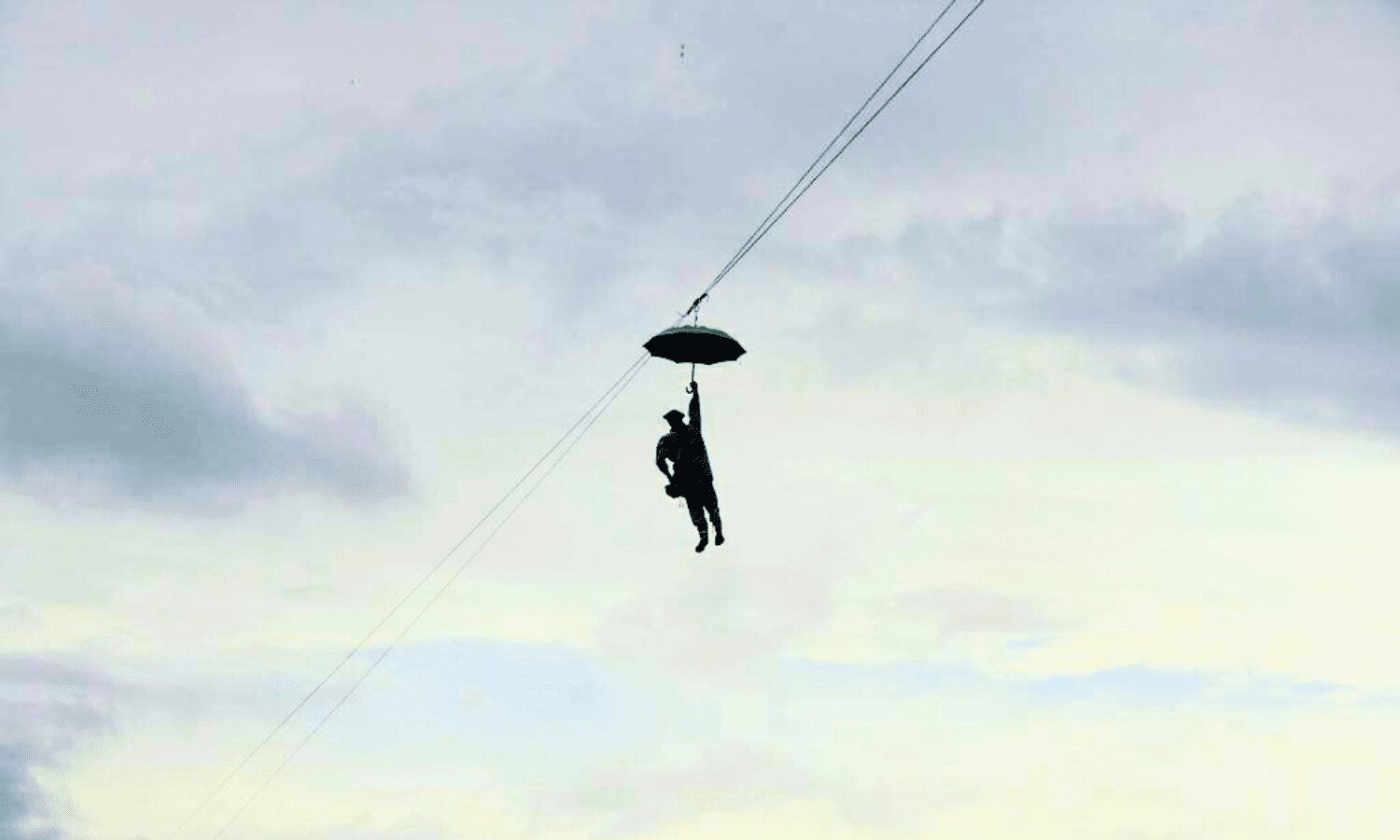Spain, From One Fiesta To Another — And The Party Lasts All Year Long
«To Pamplona we will go» people sing during the festival of San Fermín, which is just one of the many popular fiestas celebrated in Spain throughout the year. Let's take a trip through the country following the most highlighted dates of the festive calendar.
Article
2024

Article
On July 6, 1923, American writer and journalist Ernest Hemingway arrived in Pamplona. The same day, fireworks inaugurated the famous festival of San Fermín. Popularly known as Sanfermines, this week-long celebration finds its origins in medieval times. But its global recognition arose with the novel The Sun Also Rises, which Hemingway wrote based on his experiences in the Spanish city.
The Sanfermines are, without doubt, one of the most popular fiestas in Spain. The running of the bulls are broadcasted every day and reach the other end of the world. But, coming back to Hemingway and thinking about other of his novels, if Paris was a fiesta, Spain still is one. Every village in our country has its own festivities, and some of them are worth experiencing, at least once in your life.
Parties all year round
In Donostia / San Sebastián, the year begins with celebrations in honor of the patron saint of the city, San Sebastián. On Jan. 20, the city’s streets are crowded by different troupes banging drums to recreate the noise the city’s cooks made, beating their work instruments alongside the military personnel in uniform who sounded their drums, a few centuries ago.
The jocular character of the drumming is repeated during the month of February and the national carnivals. Standing out among others that are less famous like those of Águilas (Murcia), Badajoz, Laza (Ourense), Sitges (Barcelona) or Vinaròs (Castellón), are those from Cádiz and Santa Cruz de Tenerife. If the colorful floats and the number of disguised participants are what makes these last ones stand out, for Cádiz, it’s the troupes, quartets, choirs and chirigotas, fun musical groups seeking to brighten up the mood of the listeners.
The jocular character of the drumming is repeated during the month of February and the national carnivals
In March comes another of the country’s festive hits: the Fallas de Valencia. Celebrated in honor of San José, these fiestas have fire as their main protagonist. They originate from a carpenters’ tradition in the city. They celebrated the arrival of Spring by setting fire to the wooden pieces that had been used to hold the candles during the winter. Over time, these pieces were turned into satirical figures, the ninots, who are handed over to a purifying fire as the crowd cheers.
Between the end of March and beginning of April, Spain celebrates the Holy Week, which commemorates the passion of Christ, from his entry into Jerusalem to his crucifixion and subsequent resurrection. Here, the joyous aspect disappears and the country’s streets are filled with processions carrying on their shoulders the most venerated local religious figures.
Honoring local protectors and summer solstice
However, in Seville, with the end of Holy Week, the fun returns to celebrate the widely-attended Feria de Abril, during which the Seville residents and visitors put on their best outfits, visit numerous stands and enjoy non-stop music, dancing and typical foods and drinks of the city.
May is the month of the Moros and Cristianos (Moors and Christians) fiestas, which commemorate the armed conflict between the faithful of Allah and those of Christ which historically occurred in the Iberian peninsula. The richness of the costumes is worth the sight, and the festivities are particularly important in the Valencian community and the Balearic Islands.
The following month, throughout the Mediterranean coast and especially in Alicante, people celebrate the night of San Juan, which marks the beginning of summer. But it is also celebrated on the nights of June 23 and 24, two days after the solstice. That night, enormous fires erupt, representing the incineration of all evils. The Hogueras de San Juan was officially declared as a Fiesta of International Tourist Interest, as were the San Juan fiestas of Soria, Coria (Cáceres) and A Coruña.
Celebrating tomatoes, wine and olive oil
August is the month that concentrates the biggest fiestas throughout Spain: pilgrimages, the Sella River Descent in canoe, the horse races on the beaches of Sanlúcar de Barrameda (Cádiz), the Málaga Feria, the Virgin Blanca in Vitoria-Gasteiz and the Aste Nagusia (the Great Week) in Bilbao and San Sebastián, among many others. In August you can also go to Buñol (Valencia) to discover one of the most peculiar festivals: the Tomatina. The last Wednesday of the month, the town’s streets turn red from a mass battle in which thousands of people throw ripe tomatoes at one another.
August is the month that concentrates the biggest fiestas throughout Spain
In September, a major part of Spain organizes traditional wine harvest festivals, which promote wine culture among both natives and tourists. Among the many wine festivals across the country, those of Logroño, Jerez de la Frontera (Cádiz), Olite (Navarra) or Valdepeñas (Ciudad Real) deserve a special mention.
October is the month of the Pilar festivals, celebrated in Zaragoza in honor of the homonymous virgin, guardian of the city. This very religious fiesta culminates in a huge floral offering to the virgin, with thousands of people dressed in traditional Aragon costumes covering with garlands her effigy located in the center of the Plaza del Pilar.
One of the most valued foods in Spanish gastronomy is olive oil. You can find one of the most appreciated worldwide in Baena, a town in Córdoba that, during the month of November, pays tribute to this exquisite product with a variety of folkloric activities.
The festive year ends with the traditional celebration of Christmas, which commemorates the birth of Christ, on Dec. 25. Today, consumerism has overshadowed its religious character, but for Christians, there are interesting representations of that historical moment across the country.
For years, Hemingway repeated his visits to San Fermines, but had he traveled to other places within the Spanish territory, he would have enjoyed it, without a doubt, with the same intensity.
This content is part of a collaboration agreement of ‘WorldCrunch’, with the magazine ‘Ethic’. Read the original at this link.






